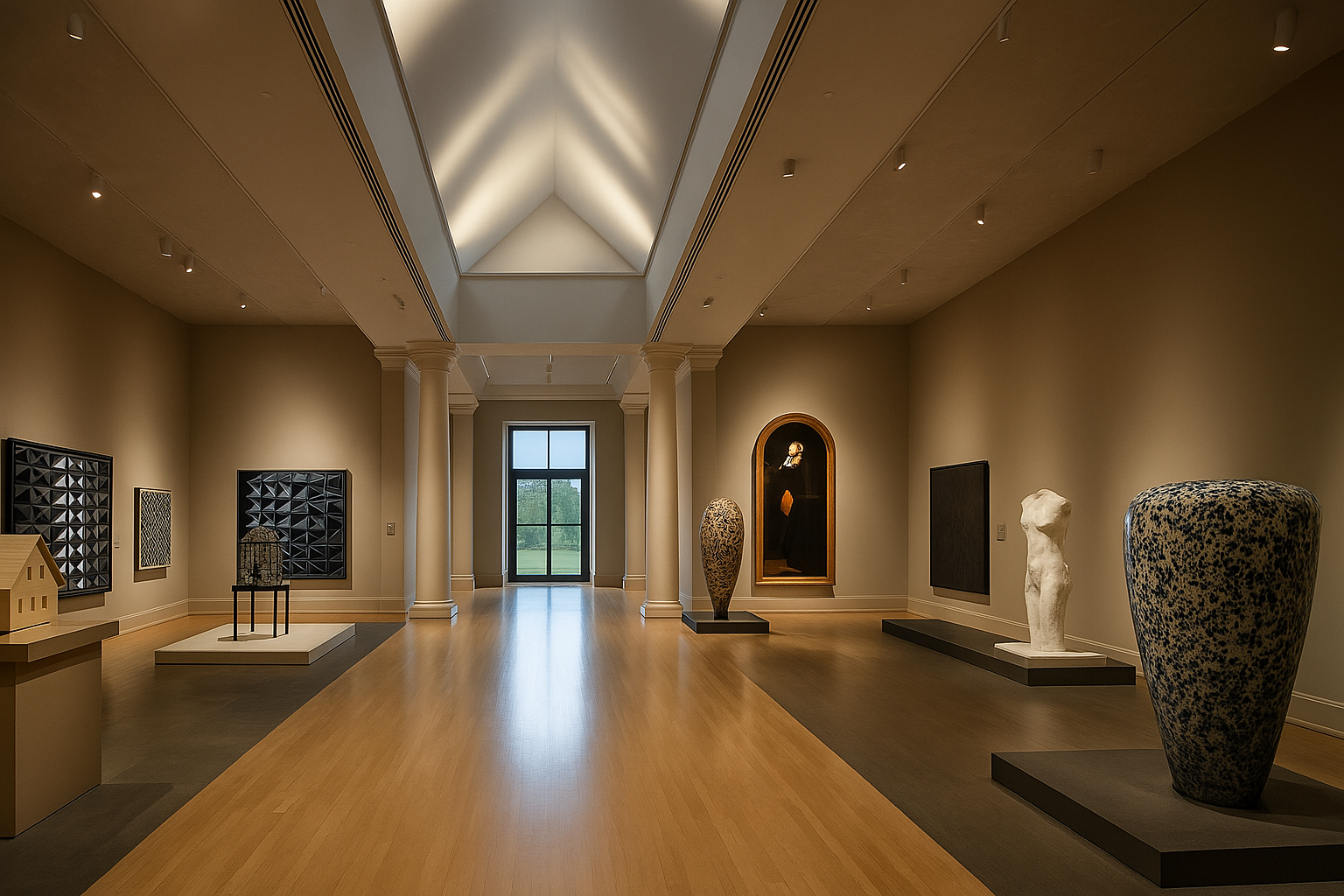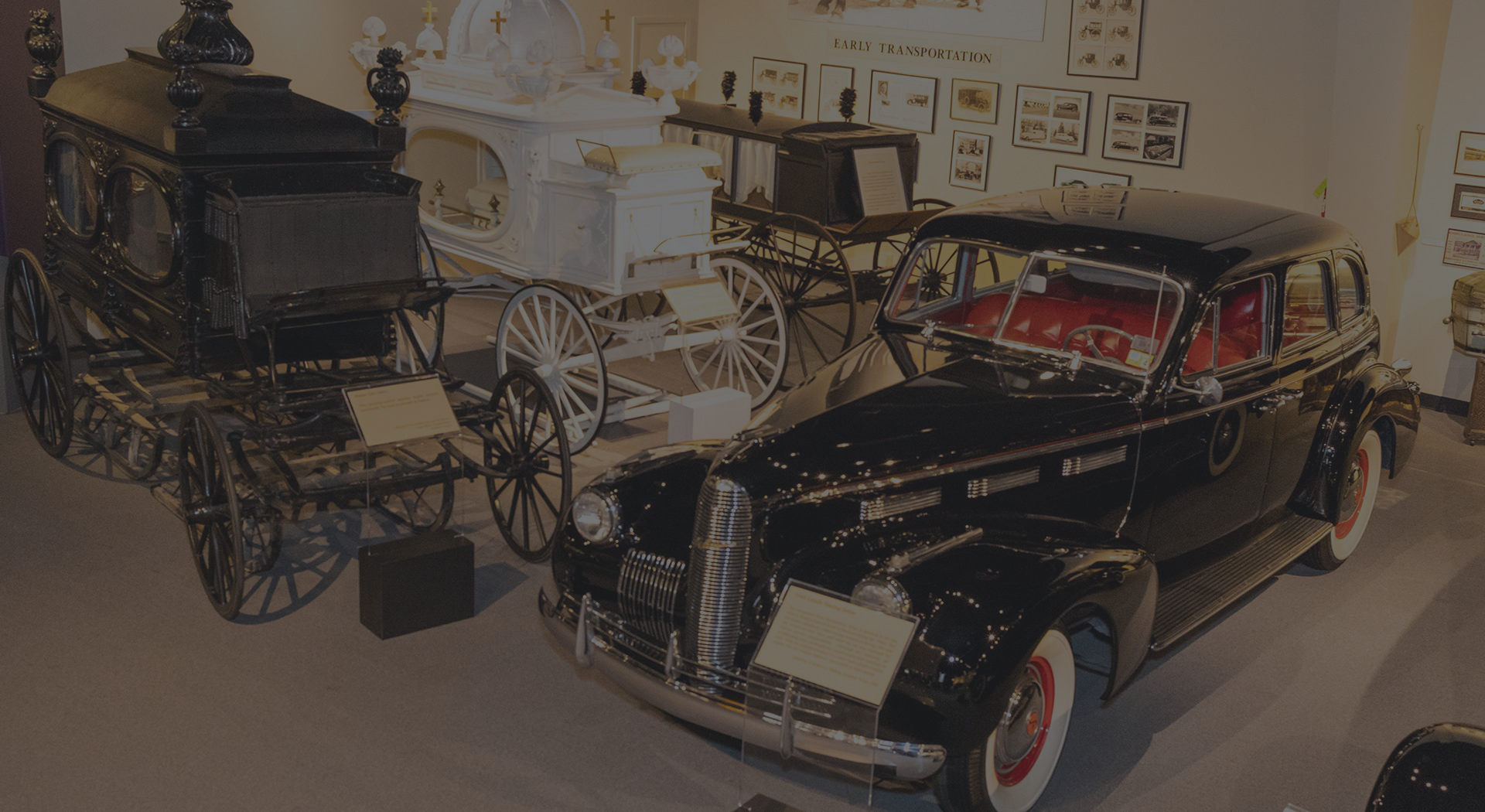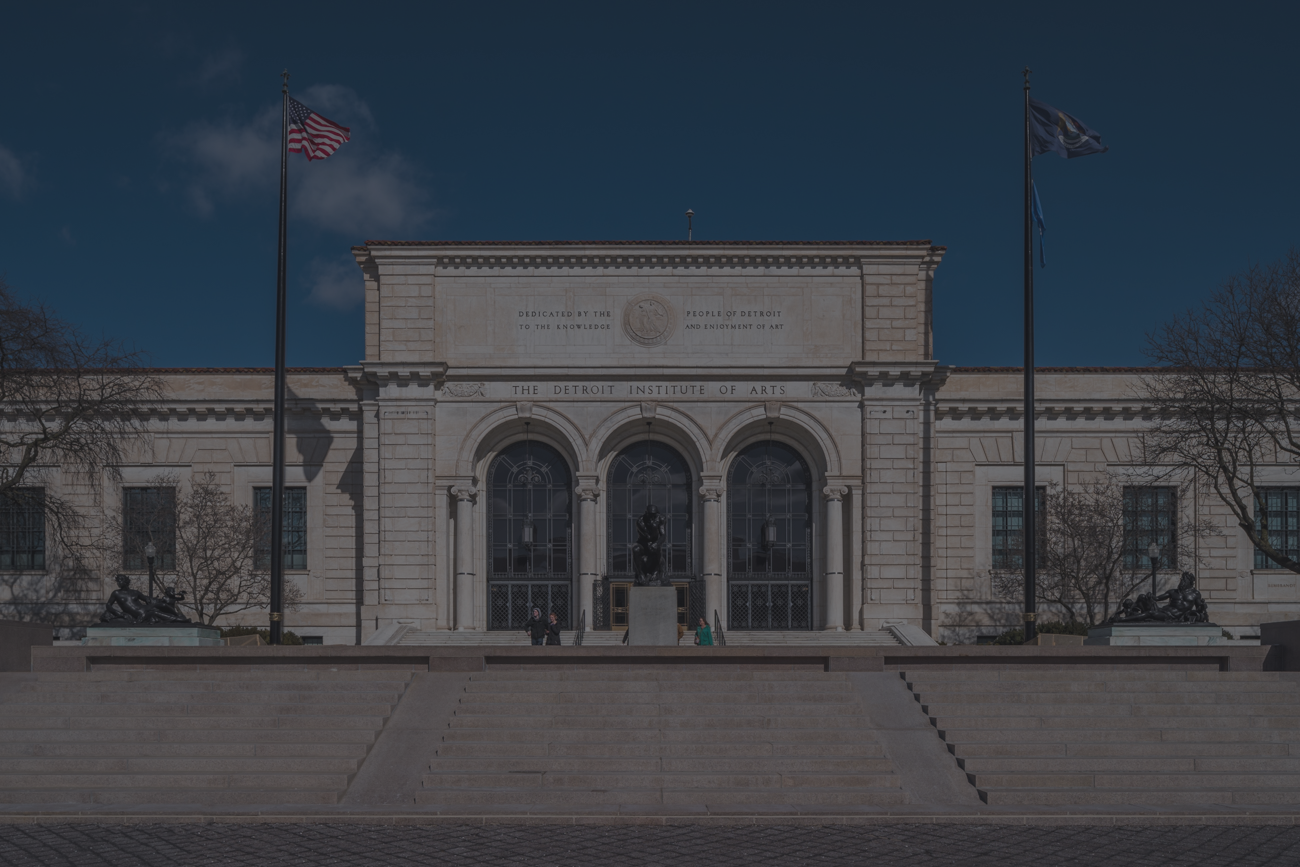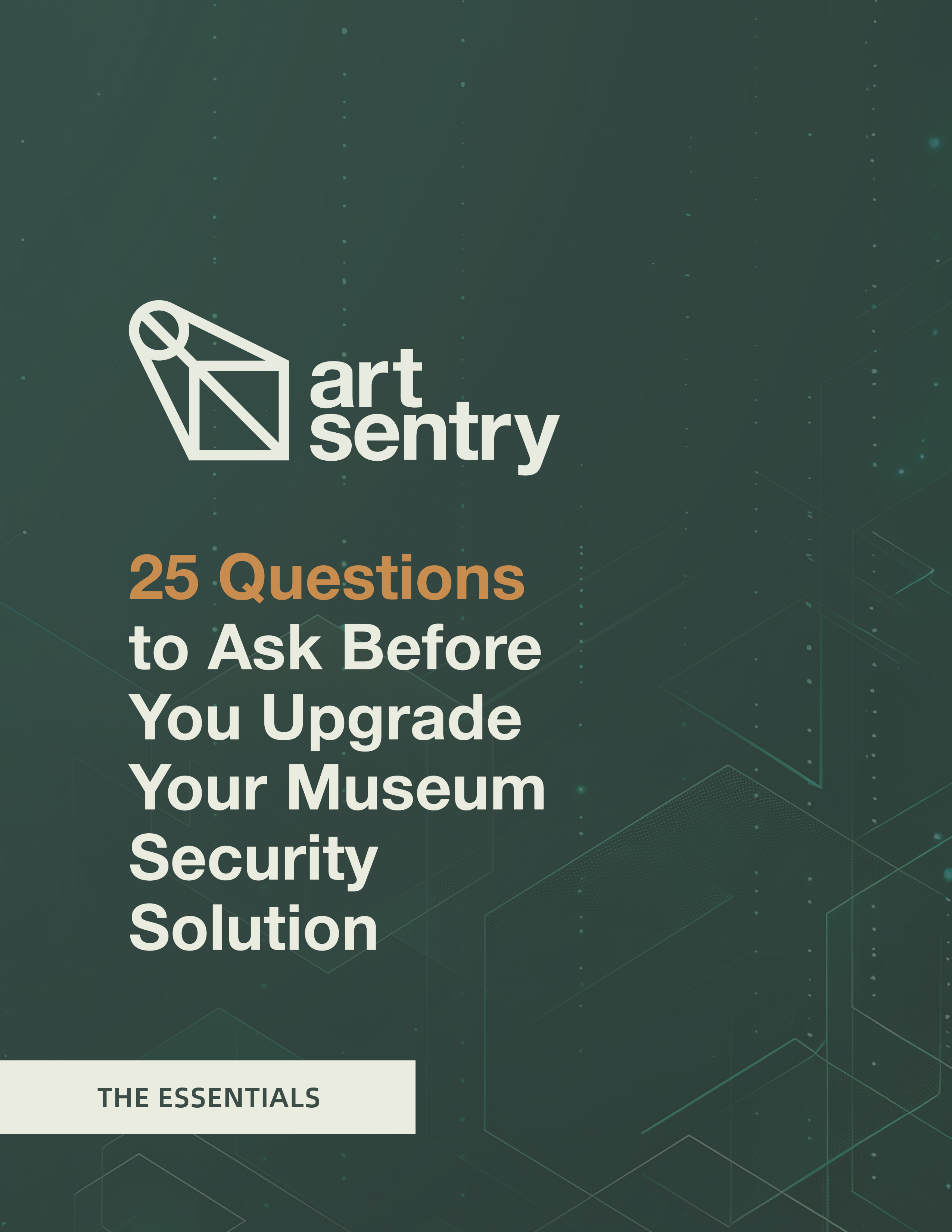introduction
The Butler Institute of American Art, located in Youngstown, Ohio, is the first museum dedicated exclusively to American art. Established in 1919 by local industrialist and philanthropist Joseph G. Butler, Jr., the museum has offered free admission for over a century. Keep reading to learn how Art Sentry improved visitor experience while decreasing the number of guards per floor from three to one.
At a glance
- Founded: 1919
- Location: Youngstown, Ohio
- Type: Art museum focused exclusively on American art
- Annual Visitors: More than 100,000
- Collection: Over 22,000 individual works covering three centuries of American art
- Size: Original structure plus expansions totaling over 46,000 square feet
The Butler’s collection, the heart and soul of the Institute, includes every form of visual art produced in the United States. It includes celebrated works such as Winslow Homer’s “Snap the Whip” and Norman Rockwell’s “Lincoln the Railsplitter”. Other notable pieces include William Gropper’s “Youngstown Strike,” Albert Bierstadt’s “The Oregon Trail” (1869), and a significant collection of works by Abstract Expressionist painter Robert Motherwell.
A unique feature is Pierre Soulages’ ceramic mural “14 May 1968,” salvaged by Dr. Lou Zona, the museum’s director, from the Oliver Building in Pittsburgh in 2009.
challenge
Open Yet Secure
The Butler Institute faced complex challenges in safeguarding its vast collection while maintaining an open environment for over 100,000 annual visitors. As the museum expanded over the years, so did the need for robust object protection. This growth not only increased the area requiring surveillance but also the complexity of maintaining security across diverse spaces.
Balancing security needs with budget constraints posed a significant challenge for the nonprofit institution. Additionally, the museum needed to address potential bias in security interactions, as exemplified by an incident Dr. Lou Zona recounted:
“We had a former government official in attendance and one of their family members was touching the exhibit. When my security officer politely explained our touching policy, it created a very negative scene accompanied by accusations of targeting.”
Ultimately, the Butler Institute aimed to enhance the visitor experience without compromising protection, requiring a solution that could provide robust security in an unobtrusive manner.
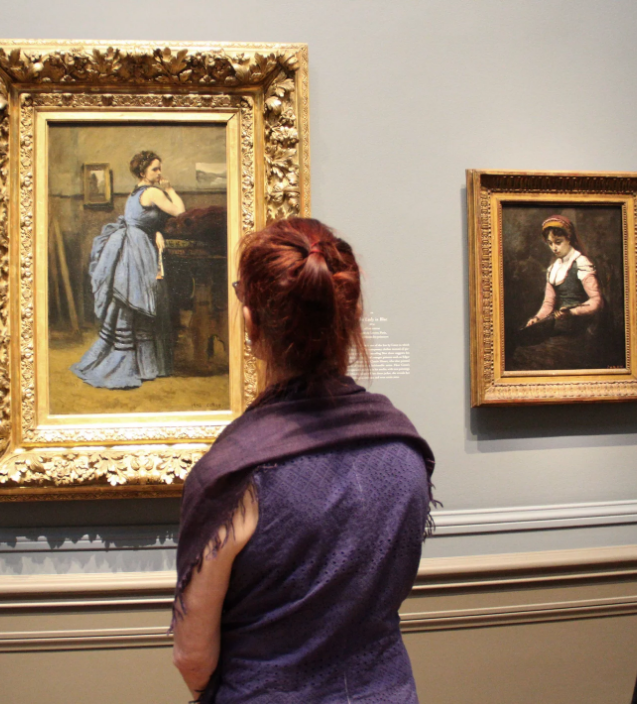
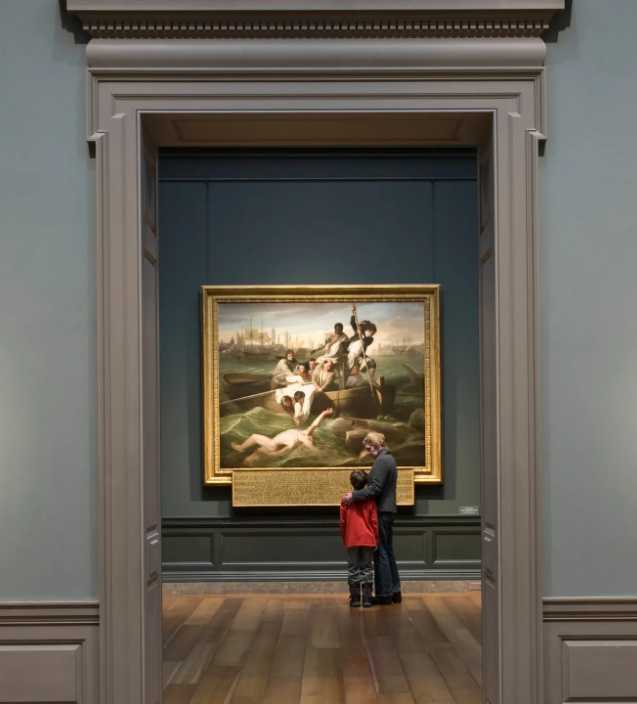
Process
Implementing Comprehensive Security Measures
To address these challenges, the Butler Institute engaged with Art Sentry, following a structured process to deliver a customized security solution:
- Initial Consultation and Needs Assessment: Art Sentry explored the museum’s specific requirements and evaluated the current security setup across all facilities.
- Proposal Development and Review: A detailed proposal was crafted and refined in collaboration with Dr. Zona and his team.
- Implementation and Support: Art Sentry provided comprehensive support throughout the deployment process, including staff training.
FEATURES
Alerts, Notifications and More
The resulting solution uses advanced virtual protection zones to surround each collection piece via surveillance cameras invisibly. Key features include:
- Audible Alerts: Notifying guests when they breach a zone.
- Instant Control Room Notifications: Allowing quick assessment and response to potential threats.
- Data Compilation and Analysis: For continual protection improvement strategies.
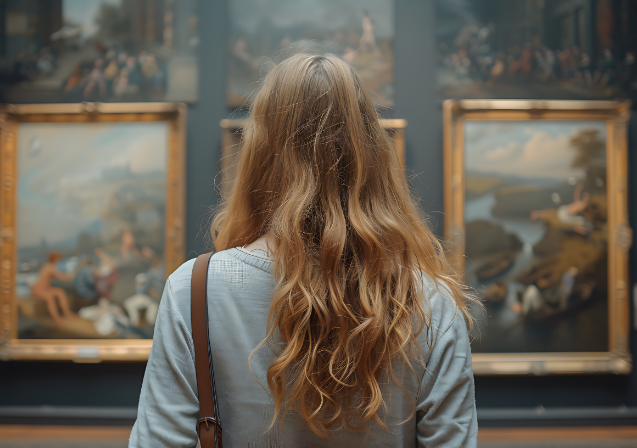
Results
The implementation of Art Sentry’s technology led to several improvements, as detailed below.
RESULTS
Cost-Effectiveness
With Art Sentry, the Butler reduced the number of guards patrolling the galleries. Before Art Sentry, the Butler utilized three guards per floor. Now, they use only one.
The project payback period for the Butler was 1.7 years and annual savings from Art Sentry now exceed $160,000.
Dr. Zona refers to Art Sentry as “the wisest expenditure in my three decades here at the Butler. In an ideal world, I wish that we could have one or more guards in each gallery. But since that is not financially possible, Art Sentry’s solution is our very best option.”

The Numbers Speak for Themselves

Results
Enhanced Visitor Experience
The new system eliminated tensions between visitors and security guards. Dr. Zona noted, “Now with our system, the audible alerts are 100% objective. The alarm is either triggered or it isn’t so there is never a judgment call.”
This objectivity led to improved visitor satisfaction: “The system not only provides enhanced protection of our Collection, but it has also improved the scores we receive on our visitor comment cards. The audible alerts are non-judgmental, and people no longer feel they are being unfairly targeted by our security staff.”
Conclusion
The implementation of Art Sentry’s object protection technology at the Butler Institute of American Art successfully addressed multiple challenges, enhancing both the protection of valuable artworks and the overall visitor experience. The system improved security efficiency, reduced potential bias in visitor interactions, and provided a cost-effective solution for the nonprofit institution.

